How to Demystify Differences: A Guide to Subtracting Fractions with Unlike Denominators
Subtracting fractions with different denominators might seem like a complex task, but with a structured approach, it becomes straightforward. This post will guide you through the steps to subtract fractions with unlike denominators, ensuring you have a solid grasp of the concept.

Step-by-step Guide:
1. Basics of Fractions:
Remember, a fraction consists of a numerator (top number) and a denominator (bottom number). The denominator tells us the total number of equal parts, and the numerator indicates the number of those parts we’re considering.
2. Spotting Unlike Denominators:
If two fractions don’t share the same denominator, they have unlike denominators. For instance, in the fractions \(\frac{3}{4}\) and \(\frac{5}{6}\), the denominators 4 and 6 are different.
3. Finding the Least Common Denominator (LCD):
The LCD is the smallest number that both denominators can divide into. This ensures that we’re working with fractions that describe parts of the same size. For our example, the LCD for 4 and 6 is 12.
4. Adjusting the Fractions to the LCD:
Multiply the numerator and denominator of each fraction by the necessary factor to achieve the LCD. For our example:
– \(\frac{3}{4}\) becomes \(\frac{9}{12}\) (multiplied by 3).
– \(\frac{5}{6}\) becomes \(\frac{10}{12}\) (multiplied by 2).
5. Subtracting the Fractions:
With the same denominator in place, subtract the numerator of the second fraction from the first. Using our example, \(9 – 10 = -1\). So, \(\frac{3}{4} – \(\frac{5}{6}\) = \frac{-1}{12}\).
Example 1:
Subtract \(\frac{2}{5}\) from \(\frac{3}{10}\).
Solution:
The LCD is 10. Adjusting the fractions:
– \(\frac{2}{5}\) becomes \(\frac{4}{10}\).
– \(\frac{3}{10}\) remains the same.
So, \(\frac{3}{10} – \frac{2}{5} = \frac{-1}{10}\).
The Absolute Best Book for 5th Grade Students
Example 2:
Subtract \(\frac{1}{6}\) from \(\frac{1}{3}\).
Solution:
The LCD is 6. Adjusting the fractions:
– \(\frac{1}{6}\) remains the same.
– \(\frac{1}{3}\) becomes \(\frac{2}{6}\).
So, \(\frac{1}{3} – \frac{1}{6} = \frac{1}{6}\).
Practice Questions:
1. Subtract \(\frac{3}{8}\) from \(\frac{1}{4}\).
2. Subtract \(\frac{2}{7}\) from \(\frac{3}{14}\).
3. Subtract \(\frac{5}{9}\) from \(\frac{2}{3}\).
A Perfect Book for Grade 5 Math Word Problems!

Answers:
1. \(\frac{-1}{8}\)
2. \(\frac{1}{14}\)
3. \(\frac{-1}{9}\)
The Best Math Books for Elementary Students
Related to This Article
More math articles
- How to Solve Inverse Trigonometric Functions?
- 7th Grade TCAP Math Worksheets: FREE & Printable
- FREE 6th Grade PARCC Math Practice Test
- How to Define Product-to-Sum and Sum-to-Product Formulas
- How long is the SAT Test?
- Improving Your Math in College: What You Should Do
- How to Interpret STAAR Scores?
- FREE TABE Math Practice Test
- 10 Most Common 5th Grade Common Core Math Questions
- How to Find Infinite Limits and Vertical Asymptotes?
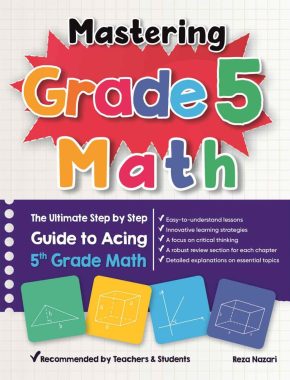

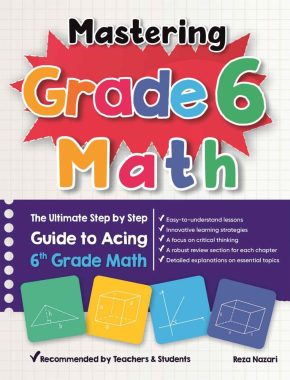
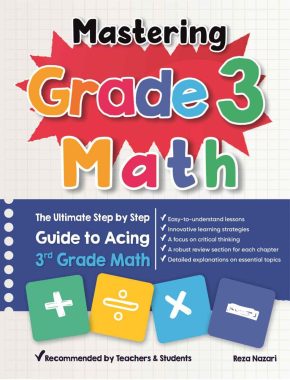
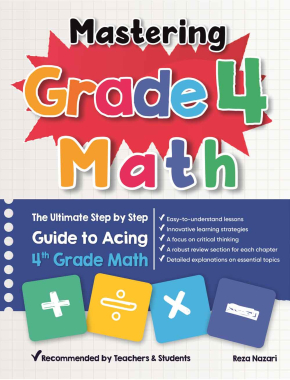


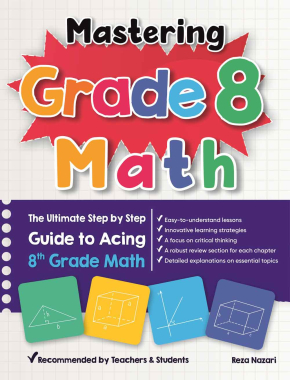




What people say about "How to Demystify Differences: A Guide to Subtracting Fractions with Unlike Denominators - Effortless Math: We Help Students Learn to LOVE Mathematics"?
No one replied yet.